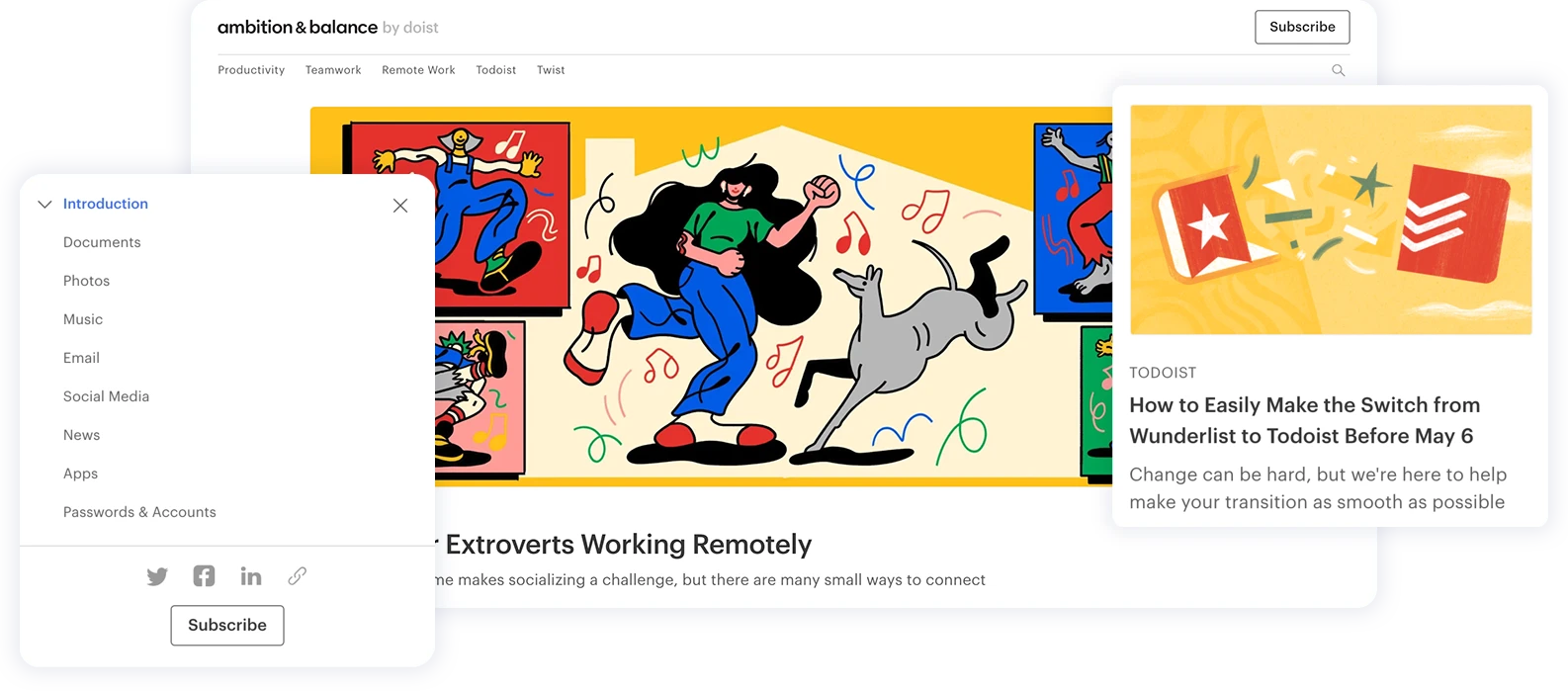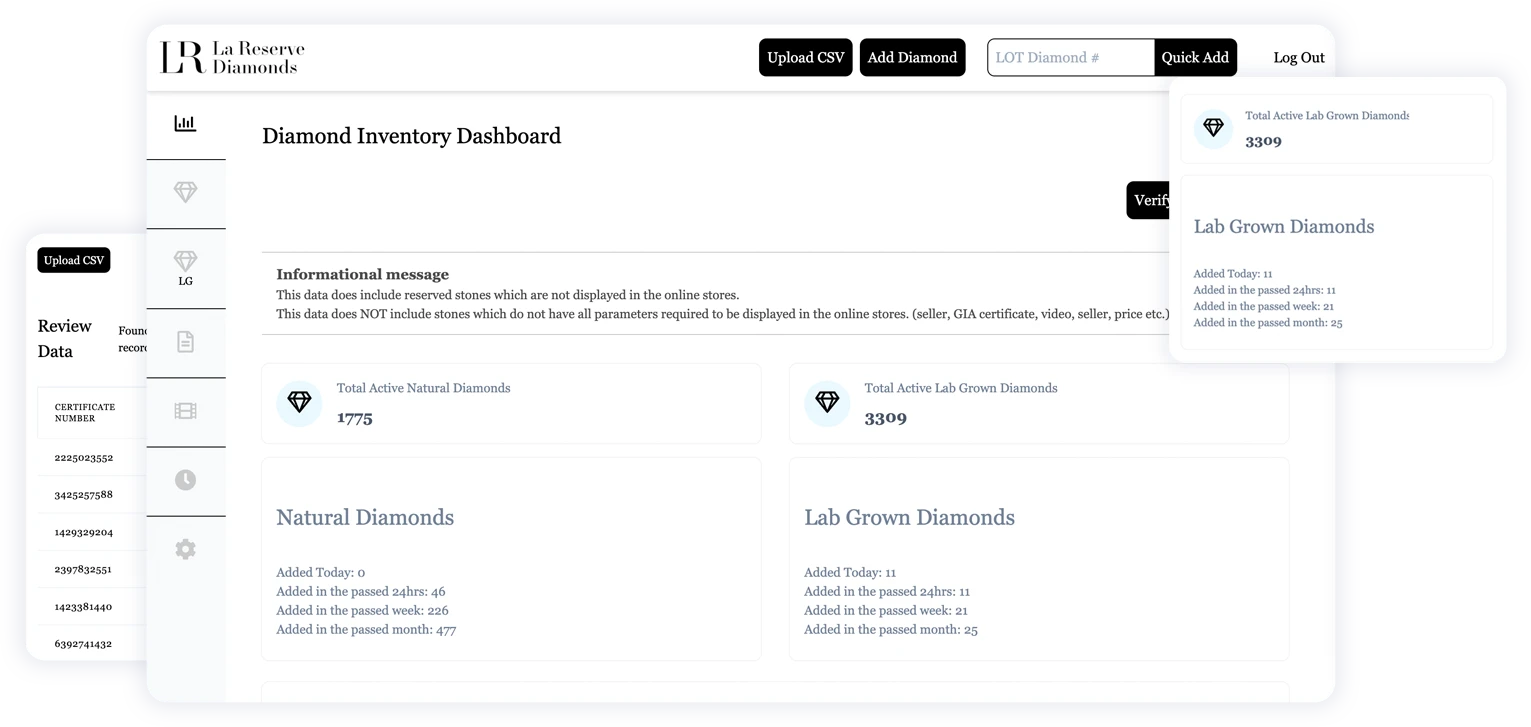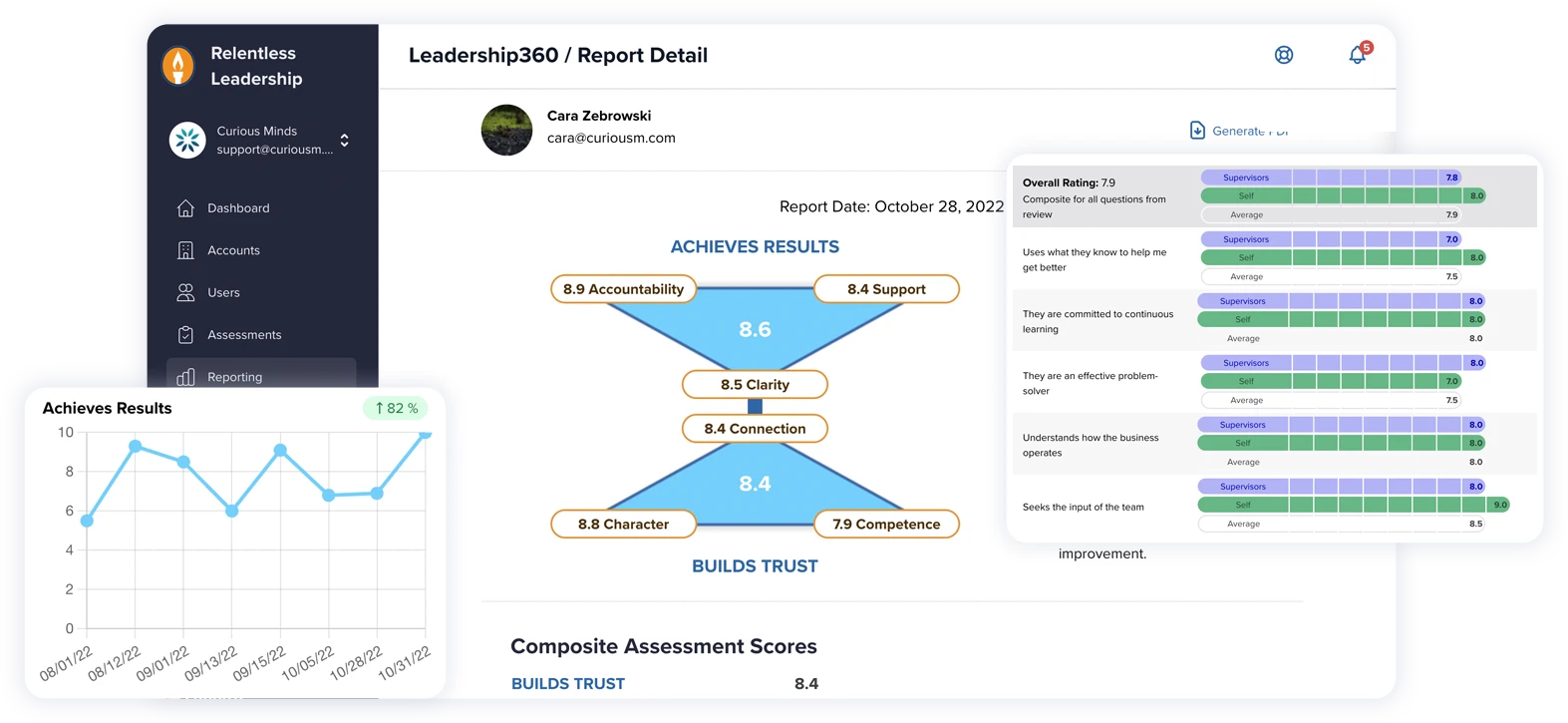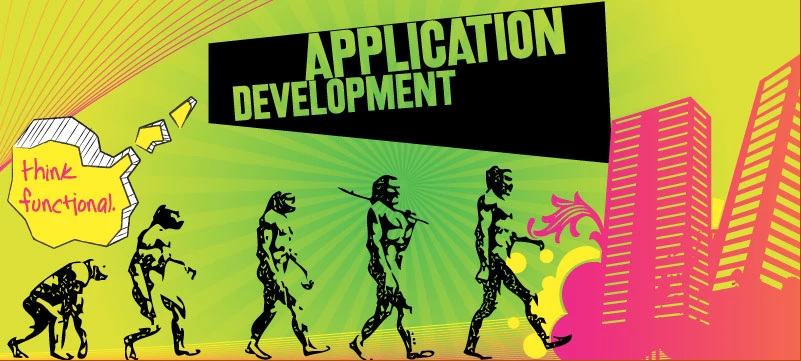The WordPress security landscape is shifting quickly. With AI-powered threats and performance concerns tied to bulky legacy plugins, site owners are reassessing tools like WordFence and Sucuri. At Curious Minds Media, we work with clients daily to craft streamlined, effective, and modern security stacks—ones that avoid unnecessary bloat and meet real-world demands.
We explore how to evaluate your current approach, weigh modular vs. all-in-one options, and build a stack that aligns with your specific risk profile, site architecture, and budget. Whether you're a developer or a digital strategist, it's time to think more strategically about how your security tools actually serve your site.
Why Many Are Rethinking WordFence and Sucuri
WordFence and Sucuri have long been major players in WordPress security—but many site owners are beginning to explore other options. At Curious Minds, we’ve been actively investigating alternatives that offer greater flexibility and performance.
Performance is one of the most common concerns we hear from clients. Bulky plugins can hog resources, and in many cases, we’ve traced slow page loads directly back to a bloated security tool. Speed matters, especially when it affects search rankings and user experience.
There’s also the issue of flexibility. All-in-one tools like WordFence do a lot—but they also make assumptions about what every site needs. For sites with custom functionality, e-commerce integrations, or strict compliance rules, a one-size-fits-all plugin isn’t always the right answer. We've worked with enterprise clients who required granular control that simply wasn’t possible without a modular stack.
Security today also demands resilience. If malware disables your security plugin—as has occurred in some reported breach scenarios involving popular tools—you could be left exposed. That’s why many developers are shifting toward layered, distributed security tools that can’t all be taken out in one shot.
These are the real conversations we’re having with clients: not just “What plugin do I need?” but “What combination of tools gives me flexibility, speed, and real protection?” It’s no longer about defaulting to legacy names—it’s about building a strategy that fits today’s threat landscape and tomorrow’s challenges.
How to Evaluate Your WordPress Security Needs by Site Type
Every website has different vulnerabilities. A personal blog and a nonprofit donation portal don’t face the same risks—and shouldn’t have the same setup.
Start by defining what type of site you manage:
Is it informational, transactional, or interactive?
Do you collect sensitive data (like payment info or health records)?
How often is it updated? Who manages it?
From there, assess your risk profile. A regional retail brand with multiple user roles and customer logins will need stricter role management and real-time monitoring. A small portfolio site, on the other hand, might get by with lightweight firewall coverage and good backups.
Budget also matters, but we advise our clients not to default to free solutions without scrutiny. Many free plugins offer limited protection or upsell the most essential features. A well-chosen premium tool often pays for itself by reducing downtime and risk.
Compliance is another major driver. We’ve worked with organizations subject to HIPAA and PCI-DSS—and in those cases, the stack isn’t just about protection. It’s about provability. Tools must include detailed audit logs, access controls, and support for encryption at rest and in transit.
Your site’s architecture matters, too. The more plugins, themes, or third-party scripts you use, the more points of vulnerability you introduce. A modular security strategy lets you match protection to actual points of risk.
Modular vs. All-in-One: Rethinking the Security Plugin Stack
We often advise clients to consider a modular approach—especially if their site has specialized needs or performance requirements.
All-in-one plugins aim to cover every angle: firewall, malware scanner, login protection, brute-force blocking, and more. These are great for beginners or smaller teams without dedicated IT resources.
But as your site’s complexity grows, those bundled solutions can become limiting. You might want a better WAF (web application firewall) than the one built in, or more advanced two-factor authentication than what’s offered by default.
A modular stack could include:
a DNS-level WAF and DDoS mitigation provider
a logging tool for audit trails
a brute-force login protection plugin
a reliable malware scanning service
a tool for performance monitoring and uptime checks
Each of these tools can be swapped or upgraded independently. It’s a bit more setup work, but the payoff is control, speed, and resilience. Curious Minds often helps clients test modular configurations to find the right balance.
The key is to avoid redundancy and unnecessary load. Don’t stack two malware scanners. Don’t use a firewall plugin if you already have server-level protection from your host or Cloudflare.
Performance, Compatibility, and Compliance: What to Consider
Your security stack can’t just be strong—it needs to play nicely with everything else on your site.
We’ve seen situations where a security plugin blocked legitimate AJAX requests or conflicted with a custom checkout process. Always test in staging, and don’t assume that any tool is set-it-and-forget-it.
For clients on shared hosting, we recommend using cloud-based security tools whenever possible. Scanning files locally every hour puts pressure on CPU cycles and disk I/O. Using tools that scan externally, or that leverage API connections to do heavy lifting, can dramatically reduce overhead.
Compliance introduces another layer. For example, PCI-DSS requires:
Secure authentication and session handling
File integrity monitoring
Regular vulnerability scans
Documented breach response plans
Security tools that support detailed logs, secure authentication, and compliance-grade reporting can help you stay on top of requirements. When we work with regulated industries, we build reporting templates and train internal teams to review them monthly.
What About Hosting-Level Security?
If you're hosting your WordPress site with a managed provider like WP Engine, you're already ahead.
Managed hosts often offer:
Daily backups with one-click restore
Real-time threat detection
Proprietary firewall rules tuned for WordPress
Disallowed plugin lists to reduce risk
These built-in tools reduce the need for overlapping plugins. But they’re not complete replacements. You still need login protection, monitoring, and update management inside the site.
We always tell clients: your host handles the front gate. You’re still responsible for what happens inside the house.
Security is a Process, Not a Plugin
The best security strategy is one you revisit regularly. At Curious Minds, we encourage quarterly audits that review your current tools, user roles, update cadence, and backup logs.
Our team includes WordPress developers, DevOps professionals, and support engineers who’ve helped recover hacked sites, set up fully modular security stacks, and troubleshoot high-risk vulnerabilities. That experience shapes our recommendations.
There’s no perfect tool, but there is a right approach: one that’s intentional, layered, and fits your actual risks.
Final Thoughts: Build a Stack That Works for You
There’s no one-size-fits-all WordPress security solution. And that’s a good thing. Because your site isn’t like everyone else’s.
It’s not just about reacting to threats. It’s about choosing tools that are resilient, modular, and scalable. Whether you’re running a small blog, a nonprofit hub, or a high-traffic enterprise site, the right stack will help you sleep better at night—and perform better during the day.
If you’re unsure whether to stick with WordFence, go modular, or explore new alternatives, we’re happy to help. Curious Minds Media has been building secure, high-performance WordPress sites for 20 years. Let us help you find a stack that protects your work—and doesn’t get in your way.



















